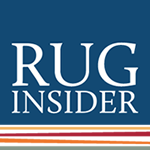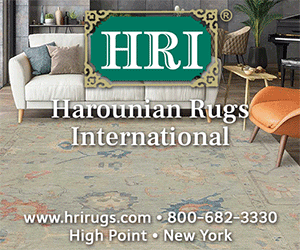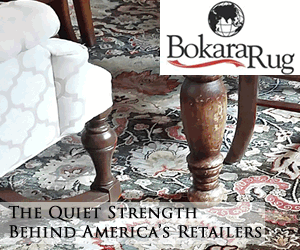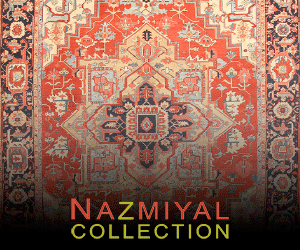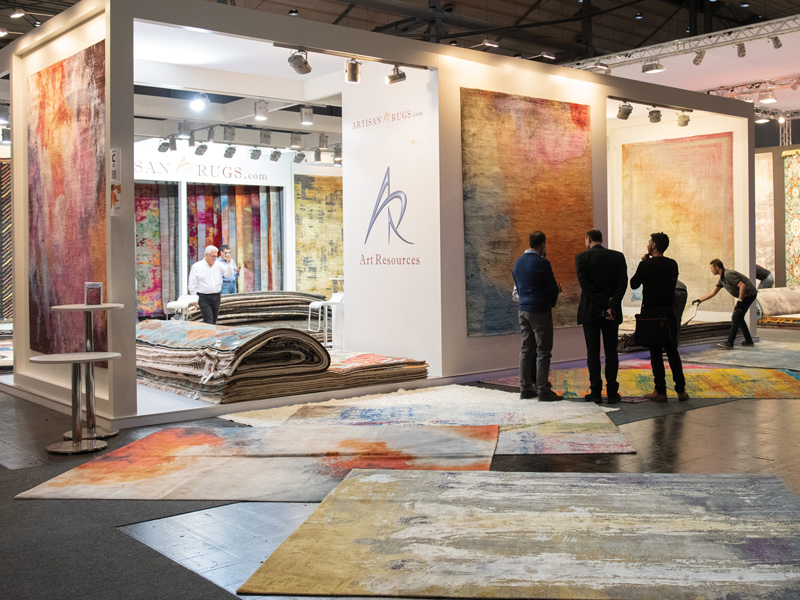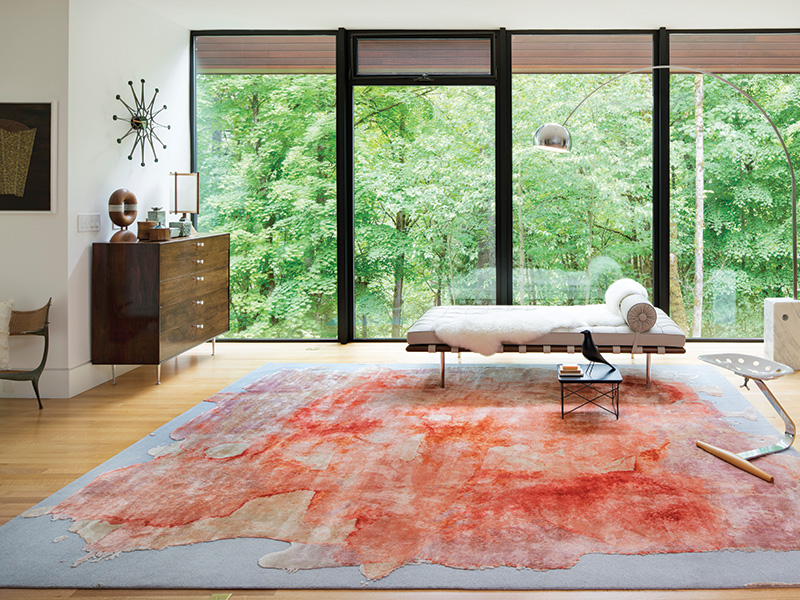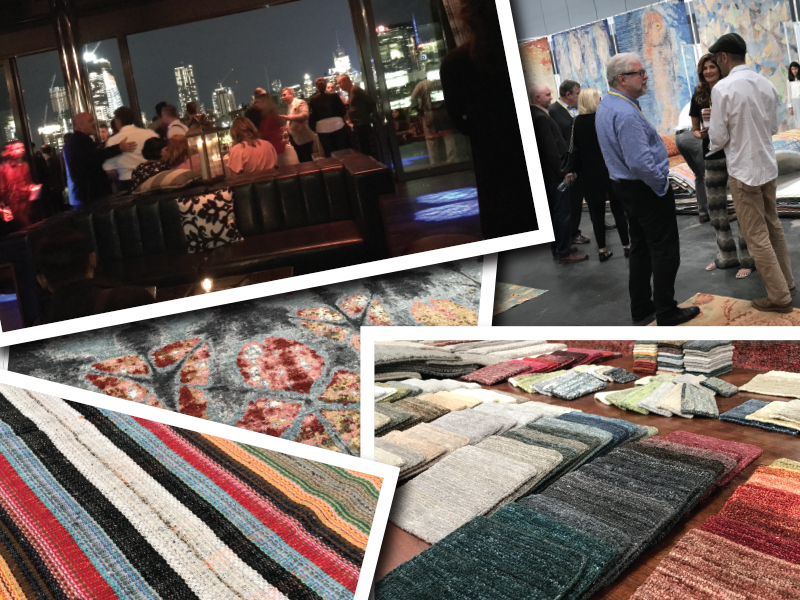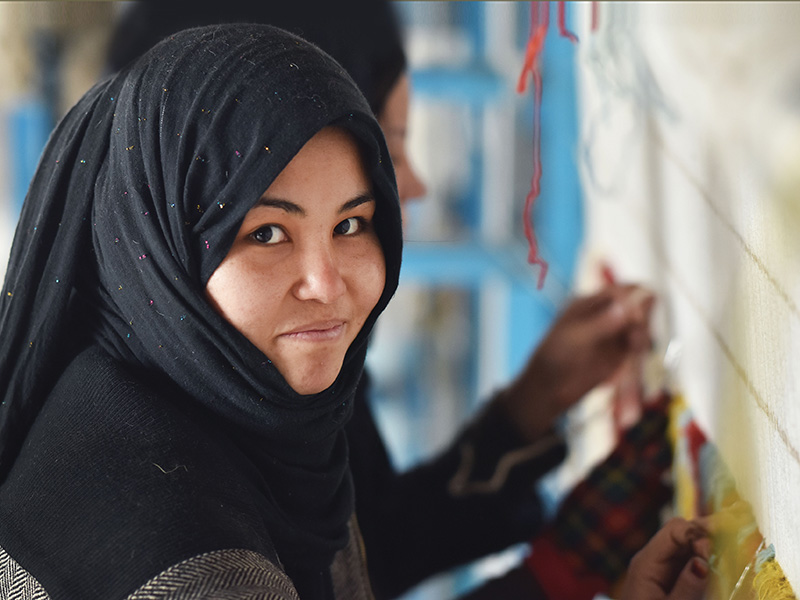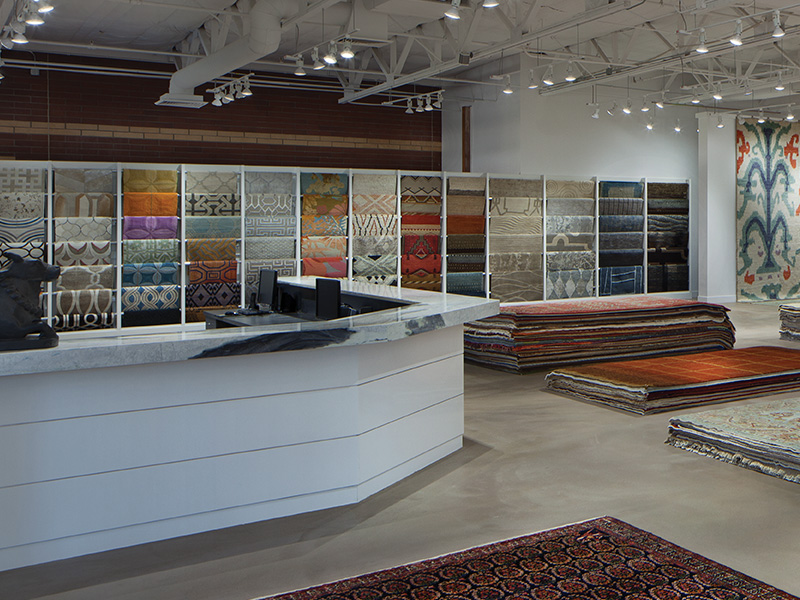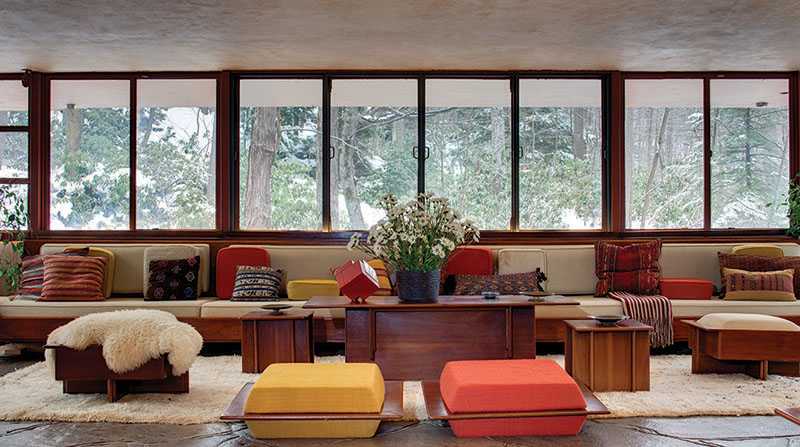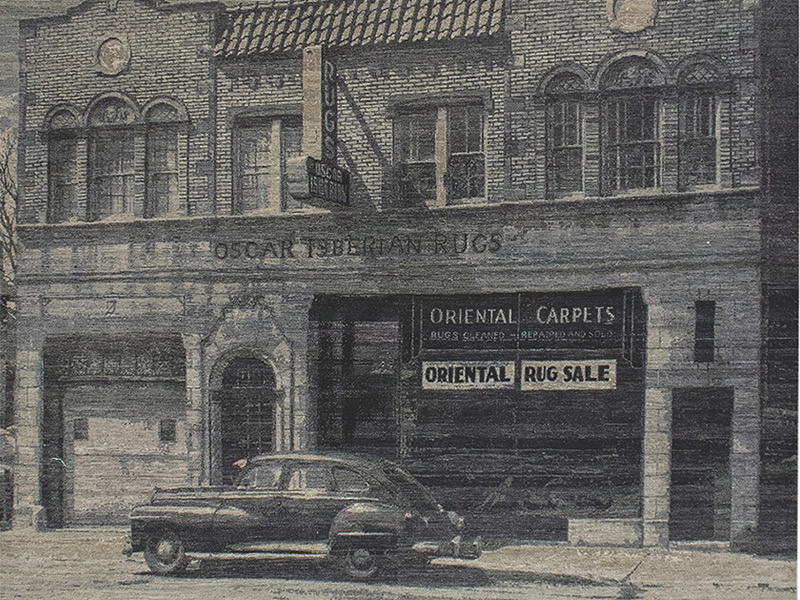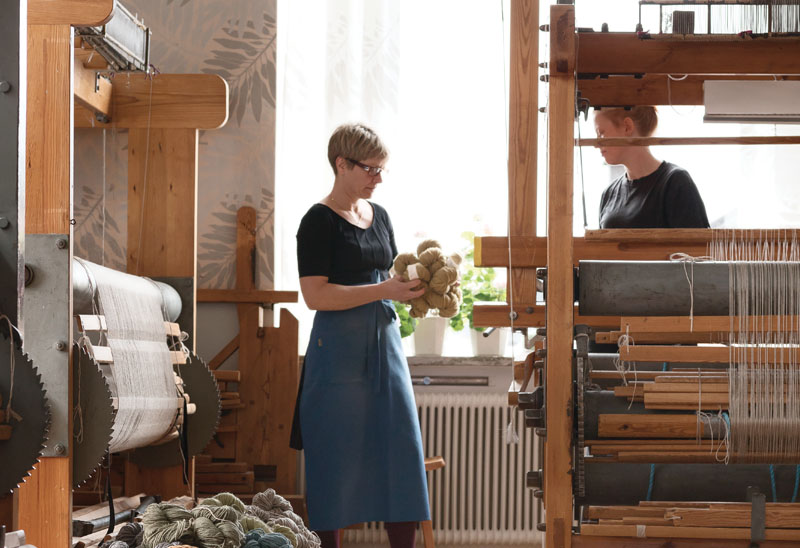DOMOTEX The World of Flooring (It truly is!)
Domotex, the trade fair in Hannover, Germany, long ago established itself as the embodiment of its tagline, “The World of Flooring.” As the brand now expands globally with regional shows in China, Turkey, the United States, and soon Mexico, it is important to analyze what the show offers today’s buyers. Rug Insider asks Lisa Slappey of Pride of Persia Rug Company and Postmodern Traditions in Houston, Texas, to weigh in on Domotex and on the market more broadly.

